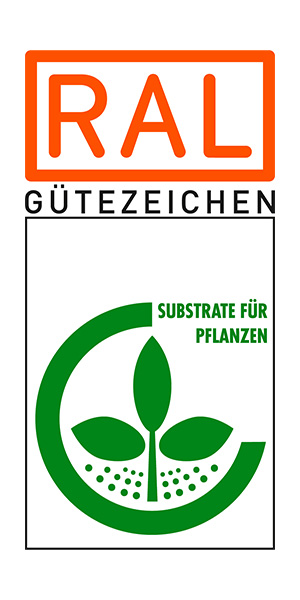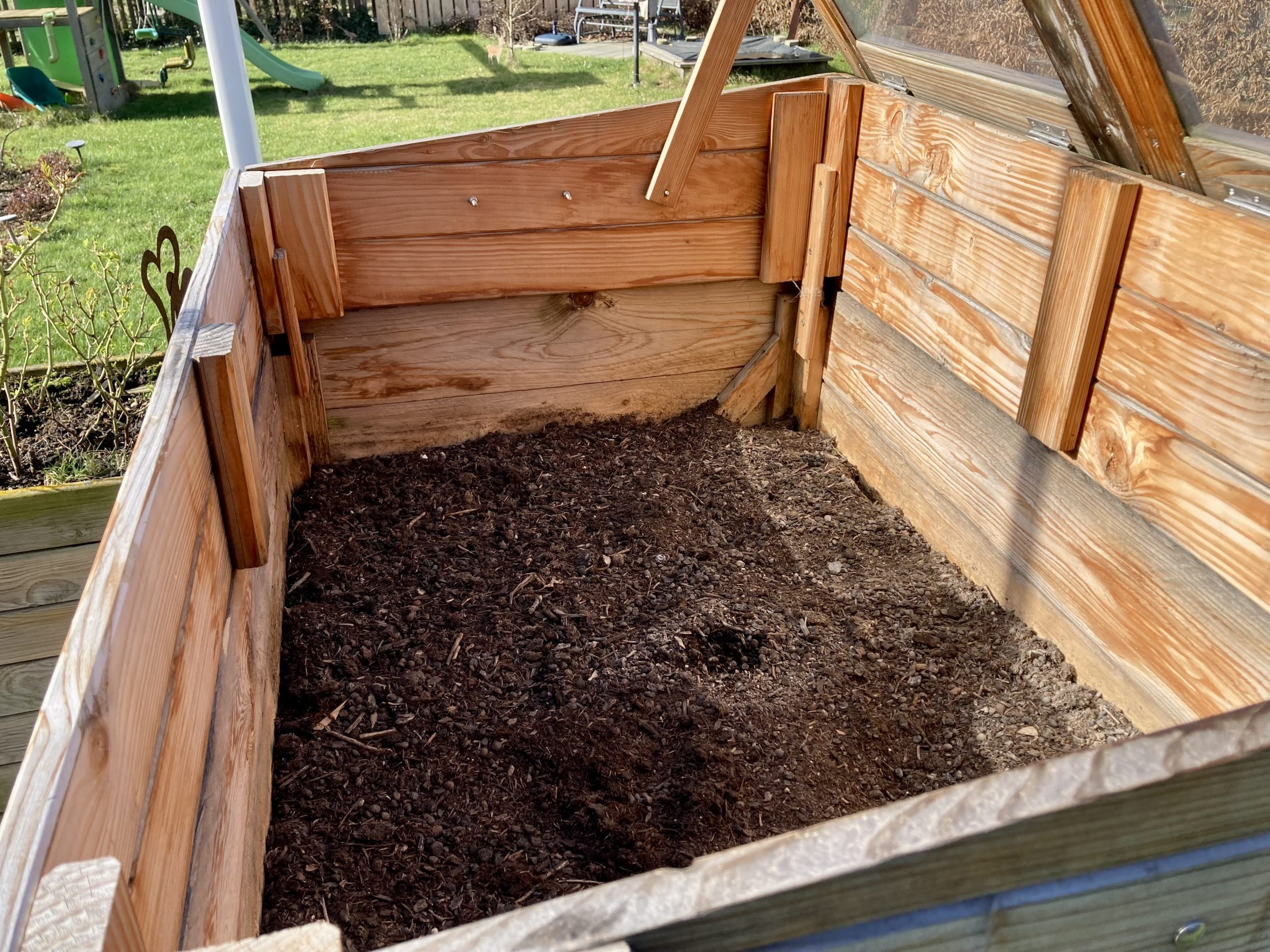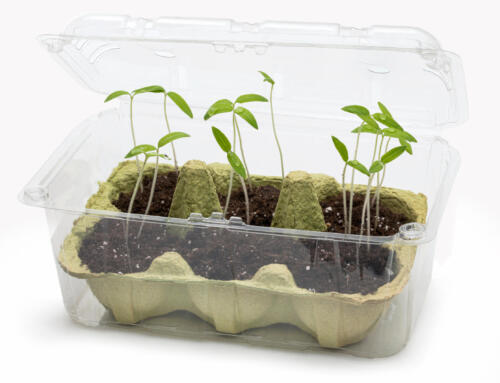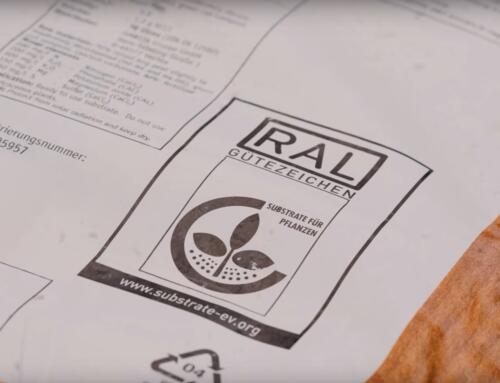It is perfectly normal for raised garden beds to sag quite a bit each year. The reason is that the layers of coarse material decompose over time. Plants benefit greatly from this process, which is due to the growth-stimulating heat of spring and the long-term release of nutrients throughout the garden year.
When the raised garden bed has lost much of its height, it needs to be refilled. Otherwise the plants, especially young vegetable plants, will not be getting enough light and their ventilation will also be reduced because of the towering side walls. This can slow growth down and increase the plants’ susceptibility to fungal diseases. For many home gardeners, restoring a pleasant working height is another crucial reason to refill their raised beds.
Refilling a raised garden bed
There are two methods of refilling an existing raised garden bed that require significantly different amounts of effort. We recommend refilling raised garden beds with ready-to-use soil mixes in spring before the growing season begins. Is your aim to grow vegetables? You’ll want to choose ready-to-use vegetable or raised-bed soil mixes with a high share of compost. They will provide even “hungry” vegetables like tomatoes or cabbage with the nutrients they need.
Are light feeders such as herbs, radish, lettuces or beans the only crops you want to grow in your raised bed? You can refill with a multi-purpose potting soil. Potting soils usually contain some fertiliser too and will provide your plants with nutrients for about 4-6 weeks of growth. After this period, the plants will require regular feeding with an adequate liquid fertiliser.
Quality is key to success
The critical factor is not to save on the wrong ends when refilling a raised garden bed. Growing success is all about the quality of the soil mix! Home gardeners are therefore recommended to choose products that carry the RAL quality mark.
Quality-certified substrates are subject to strict quality requirements and regular inspections by approved, independent labs. The substrates are only allowed to have minimal deviations in pH value and nutrient content. They must have a stable structure and be proven to be free from weed seeds and plant-damaging substances. The RAL product surveillance not only guarantees a consistent level of quality. It also makes sure your fun in gardening isn’t spoiled by unpleasant surprises.
Alternative: filling a raised garden bed with new layers
This method is similar to building a new raised garden bed and requires a comparable amount of effort. After the final harvest in the autumn, remove and put aside the top layer of soil (i.e. the layer the plants actual actually grow in). Then remove all or part of the remaining layers, depending on their condition, and refill the raised bed with layers of new compostable material in the usual order. Finally, put the top layer of soil you put aside earlier back on. However, always use fresh raised-bed or vegetable soil mix for the final layer. Especially if you noticed any signs in the previous season of soil fatigue, soil-borne diseases (e.g. fungal wilt) or strong infestation with soil-borne pests (chafer grubs, wireworms).







